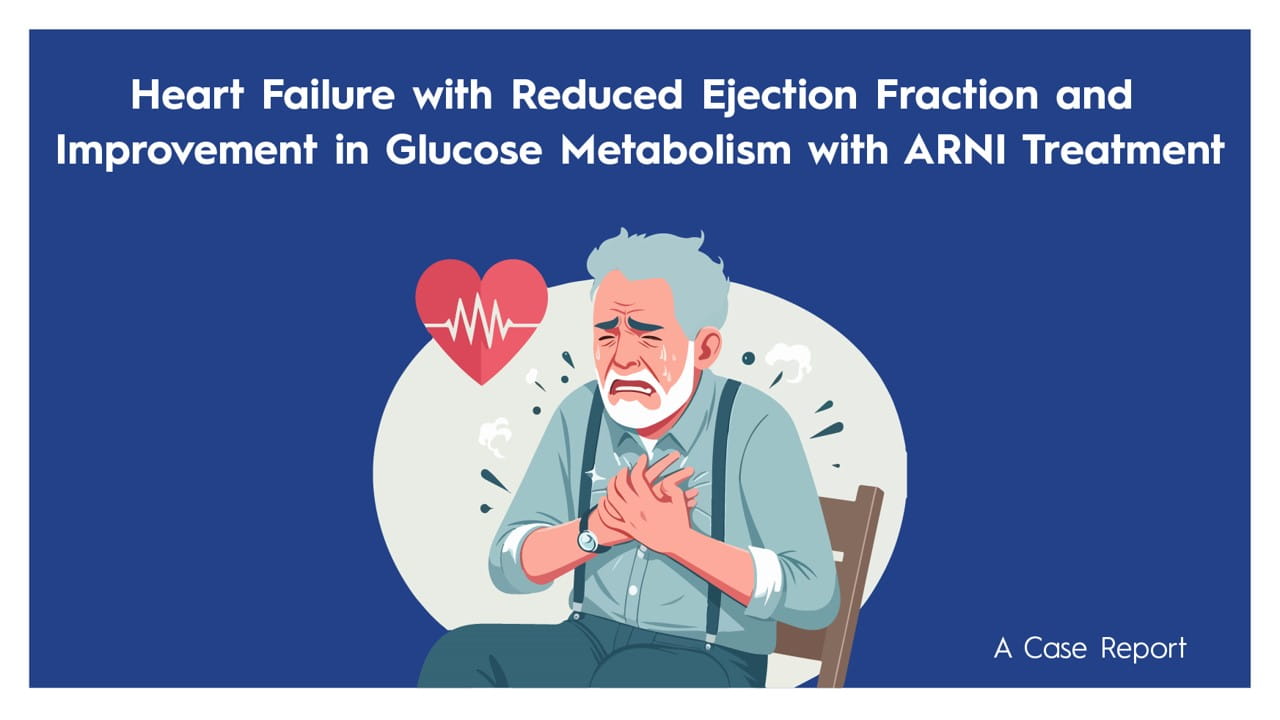ACC 2023: Moving the Global Needle on Cardiovascular Disease Prevention: Perspectives from Around the World - A "Global Health Spoken Here" Session
The session discusses the prevalence of cardiovascular disease (CVD) in Latin America. Latin America has a population of almost 650 million, with a majority living below the poverty line and migrating from rural areas to urban areas. disease is the most important cause of death in the region, especially in younger populations, and has become the most important non-communicable disease in low and middle-income countries. The most common cause of cardiovascular death is ischaemic heart disease, stroke, and hypertensive heart disease. Risk factors such as low education, high tobacco consumption, and obesity contribute to the high incidence and mortality rates of cardiovascular disease in the region. Modifiable risk factors such as hypertension, abdominal obesity, tobacco consumption, low physical activity, poor diet and diabetes contribute significantly to CVD. Accurate tools for risk stratification are needed to treat populations according to guidelines. To achieve healthy behaviour, population-wide programs are necessary to promote healthy diet, increase physical activity, and tobacco cessation. More education and medical literacy are needed to increase understanding of the importance of cardiovascular prevention. The access to healthcare and affordable medicine and technology is also a significant challenge in low and middle-income countries.
The leading cause of death in Asia in 2019 was cardiovascular disease (CVD), which accounted for 10.8 million deaths which constituted 35% of total deaths. The proportion of premature deaths due to CVD was higher in Asia than in the US, Europe, and globally, with crude CVD mortality rates increasing continuously for both men and women. However, age-standardized CVD mortality rates have been decreasing, suggesting that the trend in crude mortality was driven by demographic changes. CVD mortality rates varied among Asian countries, with typical mortality rates generally higher in central and eastern Asia than in southern and southeast Asia. Ischemic heart disease and stroke were the most common causes of CVD deaths in Asia, with the characteristics of CVD epidemics varying depending on the stage of economic development in each country. Three major obstacles to CVD prevention in Asia were aging, obesity, and high salt intake. The prevalence of heart failure, diabetes mellitus, and obesity is increasing in Asia, particularly in ageing populations. The prevalence of diabetes mellitus is increasing steadily in the elderly population in Korea, with a higher increase rate in the elderly than in the younger generation. High salt intake is an important upstream risk factor for cardiovascular disease in Asia, and the estimated daily sodium consumption is even more than twice the recommended amount by the WHO. The association between sodium intake and stroke is more prominent in Asia than in other regions. More than 60% of heart failure patients in Asia have comorbidities like hypertension, atrial fibrillation, Diabetes Mellitus. The triple threat of social aging, obesity, and high salt intake forms a vicious cycle in CVD control in Asia. Attention should be given to controlling obesity and salt intake to address this dangerous association.
CVD prevention in Europe includes evaluation of Score2 and Score2-OP (2021), which are risk calculators that focus on age-dependent risk and differentiate between regions based on risk factors such as smoking, blood pressure, and non-HDL cholesterol. The calculators also consider 10-year CVD morbidity along with mortality. Score2-OP is specifically designed for individuals aged 75 years or older. The European Society of Cardiology published guidelines for sports and exercise in patients with cardiovascular disease 2020, which focus on shared decision-making and ESC prevention Guidelines 2021 provide a stepwise approach to the prevention
of CVD. They also have a personalized approach to prevention that includes lifestyle, psychological factors, risk modifiers and disease-specific interventions, and a population-level approach that considers environmental factors. The ESC guidelines include co-factors such as inflammation, mental disorders, sleep disorders, noise, air pollution, city planning, and work environment. The structured curriculum for preventive cardiology was published by the EAPC during their presidency, which addresses domains and competencies including public health, risk factor management, lifestyle management and medical management as well. The curriculum for preventive cardiology has five levels, with the trainee able to perform the active activity without supervision by themselves or supervise others by level five. The training includes competencies such as case-based discussions, workplace-based assessments, and consultation reports.
There is a challenge of non-communicable diseases in Africa, with hypertension being the main challenge due to its high prevalence, poor awareness, and poor treatment and control. Generating accurate epidemiological data and strengthening the health system for hypertension management at the primary healthcare level is identified as a key strategy. Other strategies would be developing innovative cost-effective strategies, deploy hypertension care using life-course approach. The shortage of healthcare providers in Africa is addressed through tax shifting by delegating primary healthcare duties from physicians to non-physician healthcare workers. The development of a course by the International Society of Hypertension African Regional Advisory Group to train healthcare workers in hypertension care is necessary. Community-based strategies such as the Common Community Action against Non-Communicable Disease and Club Meds are also discussed, with successes and challenges highlighted. Thus, it is essential to develop cost-effective prevention strategies for cardiovascular disease in Africa through community-based approaches anchored on effective primary healthcare.
The physical activity levels of youth in the US are decreasing, leading to obesity, hypertension, and diabetes. CVD mortality rates are also increasing, possibly due to factors such as an ageing population and the increase in obesity and diabetes. COVID-19 may exacerbate these trends, with physical inactivity and decreased blood pressure control potentially contributing to CVD-related deaths. Possible solutions include promoting wellness, primordial prevention and managing risk factors earlier in life, such as during pregnancy and in schools, and optimizing prevention efforts across every sector and lifespan. It is essential to ensure that access to prevention efforts is uniform across different areas of the country. Newer models of care, caring for the community, emphasizing cardiovascular wellness, and working across sectors are needed to address this.
American College of Cardiology (ACC) International Congress 2023, 4th March-6th March 2023, New Orleans




